While most dogs bark, some do so with a softer voice or only when necessary. These breeds tend to be more respectful of quiet spaces and less reactive to every sound.
And that makes a big difference in day-to-day life. Whether you live in a close-knit neighborhood, share thin walls, or just enjoy peace, some dogs match that tone.
As per the New York Times, noise complaints about barking dogs are one of the top issues reported by apartment dwellers. That’s a problem no one wants on their lease record—or their conscience.
In this article, we’ll explore dog breeds that don’t just bark less, but bark gently. Their voices are soft, their presence comforting, and their temperament a gift in peaceful homes.
Dog Breeds That Have A Gentle Bark
1. Bernese Mountain Dog
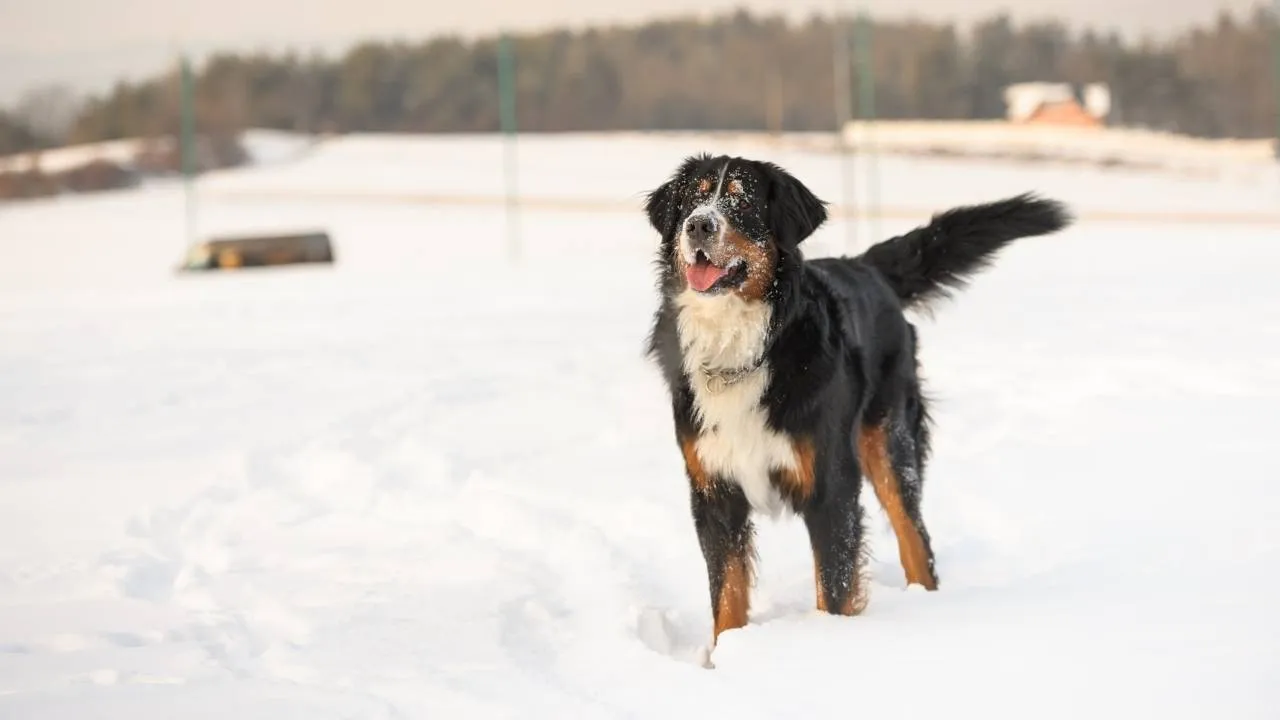
The Bernese Mountain Dog has a low-frequency bark that doesn’t startle horses, people, or other animals nearby. It’s a deep sound, but not aggressive—more like a vocal signal than an alarm. That tone often comes only when necessary, and with clear intent.
Natural Restraint in Vocalization
These dogs rarely bark without assessing the situation first, which makes them easy to keep in shared or open environments. Their reserved nature means fewer outbursts, especially during calm weather or routine activity. Even unfamiliar noises don’t provoke an instant reaction.
Emotional Stability and Bark Behavior
Their stable temperament plays a direct role in how they vocalize—they respond based on emotional input, not just impulse. A sudden visitor or rustling branch won’t immediately trigger noise unless it’s out of pattern. This measured reaction supports their image as calm dogs.
Built for Quiet Endurance
Bred originally in the Swiss Alps to haul carts and work alongside farmers, they were valued for endurance without constant barking, as per Zealandia Pets. Even during demanding work, their focus stayed on the task rather than constant alertness. That historic purpose shaped their ability to stay composed today.
2. Cavalier King Charles Spaniel

Cavaliers are known for their gentle demeanor, which directly influences their vocal patterns during interaction. They communicate through subtle sounds—often soft yips or muffled barks—when greeting people or other pets. It’s rarely persistent or loud enough to disturb shared environments.
Sensitive to Emotional Cues
This breed’s vocalization tends to reflect the emotional tone of the room, rather than reacting to external triggers alone. They’re more likely to stay quiet during tense moments, sensing unease and adjusting their energy accordingly. Even in group settings, their responses remain measured.
Small Size, Controlled Bark
Though they fall into the small dogs category, they don’t carry the sharp, high-pitched bark often linked with other small breeds. Instead, their voice has a rounded quality—more of a brief chirp than a drawn-out call. That restraint makes them easier to live with in calm homes.
Royal Legacy of Silence
Historically favored by British nobility as lap companions during meetings and travels, they were bred for presence without disruption. The quiet temperament they developed then still shapes how these dogs bark today—minimal, intentional, and never attention-seeking without cause.
3. French Bulldog
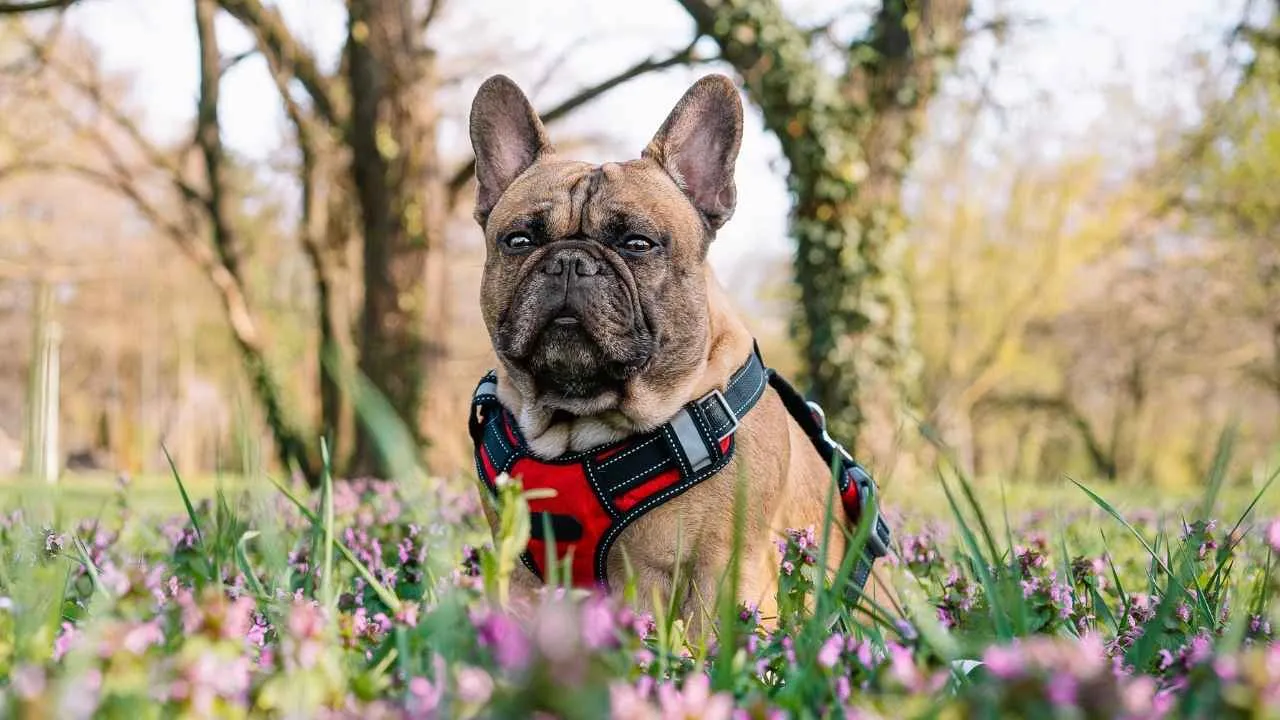
French Bulldogs are known for their minimal vocalization, often using subtle huffs or low grunts instead of sharp barking. Their compact airway structure contributes to this — they physically can’t sustain long, loud bursts. This anatomical trait limits both volume and frequency.
Selective Use of Sound
They usually vocalize to communicate specific needs, like alerting when a person arrives or during brief excitement, as stated in Citizen Shipper. That makes their bark purposeful rather than constant background noise. In households with babies, seniors, or other dogs, this selective barking helps maintain quiet harmony.
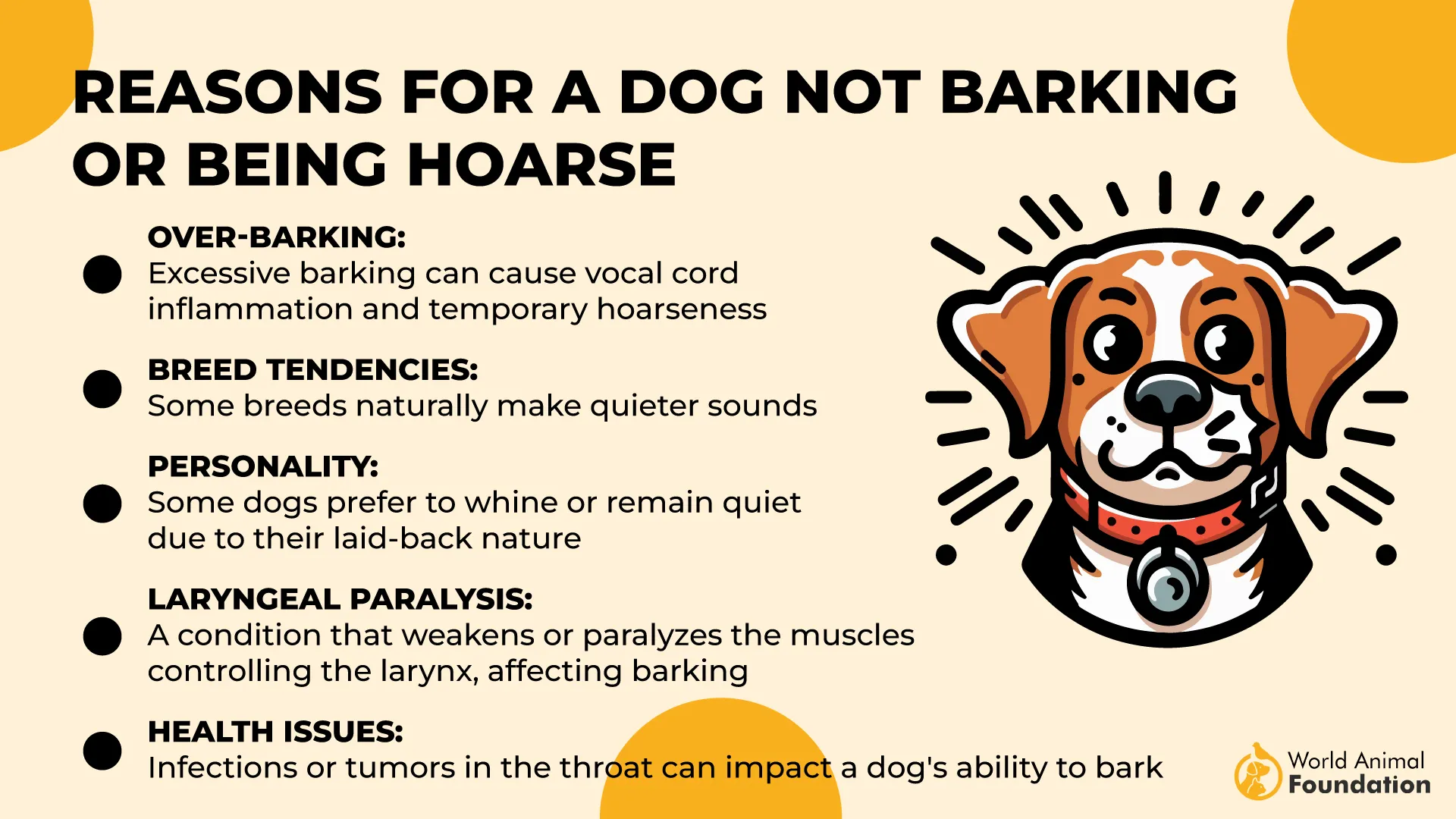
Close Companion Communication
Frenchies rely more on physical cues and expressive eyes to interact, especially when indoors. Barking isn’t their go-to language; they’re more likely to sit by the door or paw gently for attention. That behavior keeps their presence soft, even in small living spaces.
History of Quiet Companionship
Originally bred as lap companions for lace workers in 19th-century France, they were expected to be quiet while humans worked. That expectation shaped a personality that leans toward being a mellow furry friend rather than a vocal one. Even today, that old working lineage shows through in their calm nature.
4. Basenji
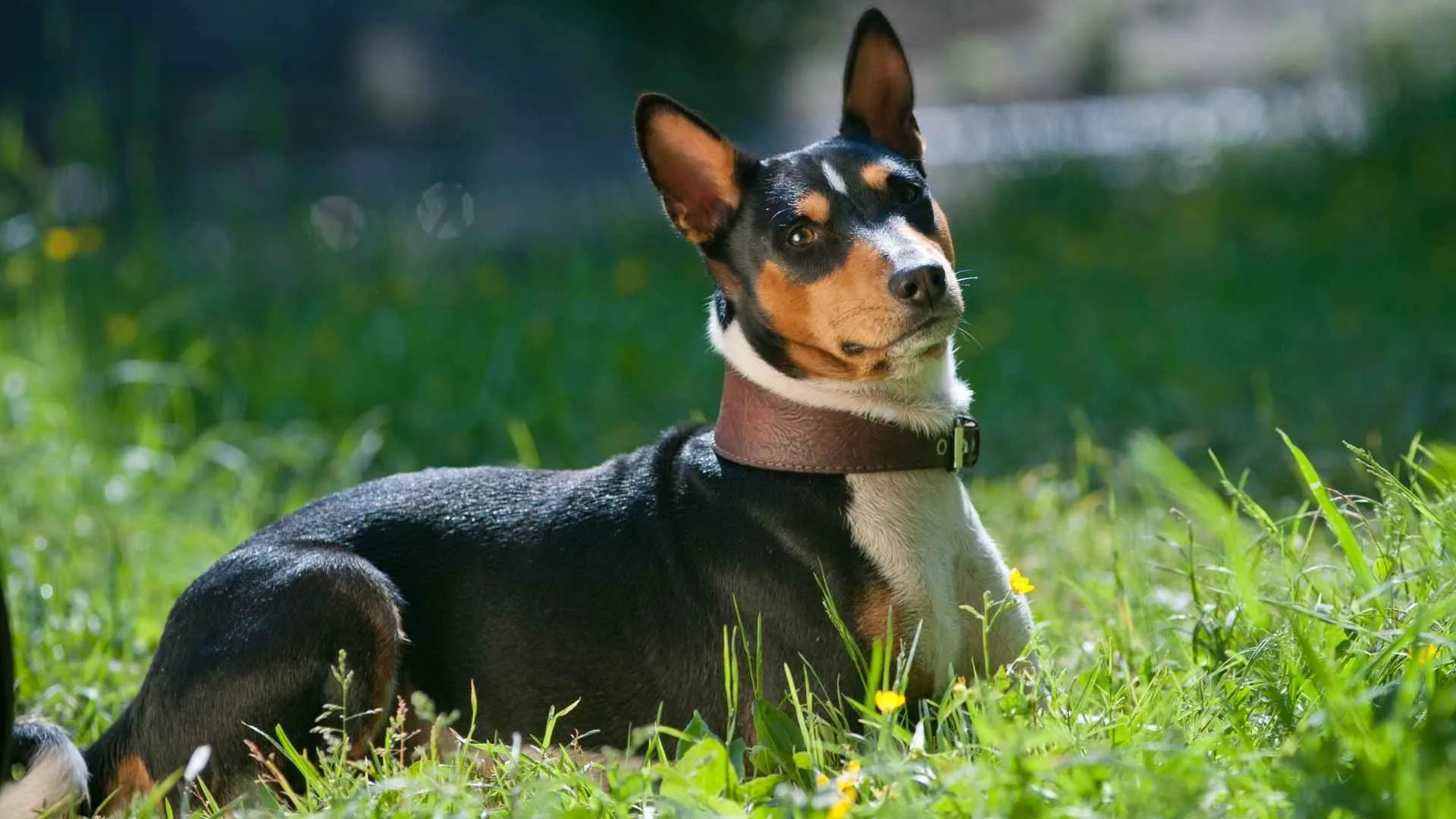
The Basenji’s larynx is shaped differently from that of most dogs, which physically limits its ability to produce a typical bark. What you hear instead is a low, yodel-like sound—often called a “barroo.” This trait has earned it the nickname of the barkless dog, though it’s not truly silent.
Developed for Stealth Work
Bred in Central Africa to help silently drive game toward hunters, the Basenji was used for alerting without startling prey, as Purina mentioned. Even today, that genetic wiring keeps them quieter than other breeds in similar environments. Sudden noise isn’t their instinctive response to disruption.
Sensory-Driven Communication
Basenjis often rely on body language and scent rather than voice when reacting to new surroundings. They interpret movement sharply and react more with pacing or posture than with sound. This makes them especially well-suited for settings where silence is preferred over alarm.
Energy Without Chaos
While fast and agile, they don’t use noise as an energy outlet. Their communication leans more toward eye contact, pacing, or slight vocalizations. Their independence doesn’t interfere with their friendly nature, which shows more in quiet companionship than in vocal enthusiasm.
5. Borzoi
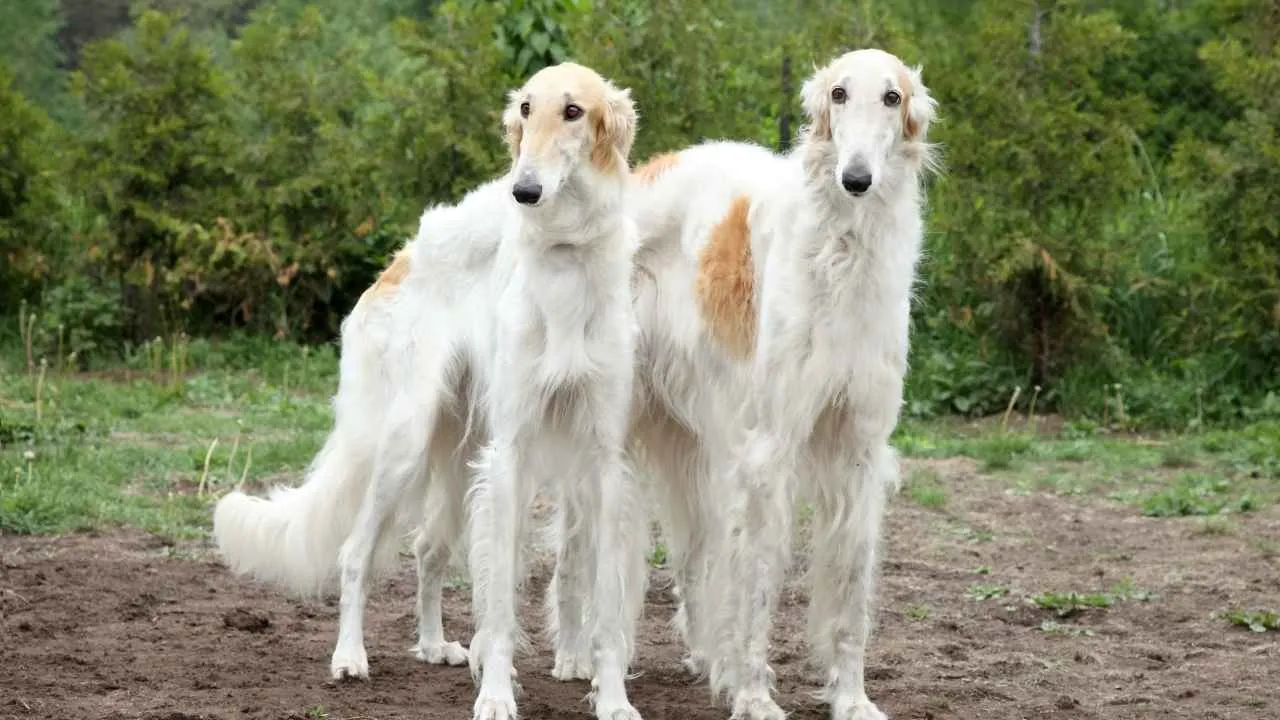
Borzois are known for their incredibly reserved nature—barking is simply not part of their regular behavior. When they do vocalize, the sound is low and short-lived, often just a brief signal rather than a drawn-out alert. Their quiet demeanor is consistent across different environments.
Sighthound Sensory Discipline
As a sighthound bred for hunting wolves in Russia, the Borzoi depends more on visual cues than sound to react. This gives them an unusual sense of control over their vocal use. They process before reacting, often choosing silence unless something genuinely unusual is sensed.
Reserved but Deeply Bonded
While they carry an elegant, aloof image, Borzois form strong bonds with their owners and express it through quiet presence rather than vocal attention-seeking. They may follow you from room to room, silently lying nearby. This silent companionship is one of their most endearing traits.
Famous Historical Detail
According to Britannica, Tsars in Imperial Russia kept entire packs of Borzois for ceremonial hunts—not only because of their speed but also because of their quiet obedience during royal events. Despite that grandeur, the breed remains gentle and affectionate, choosing subtle cues over loud expressions.
6. Scottish Deerhound
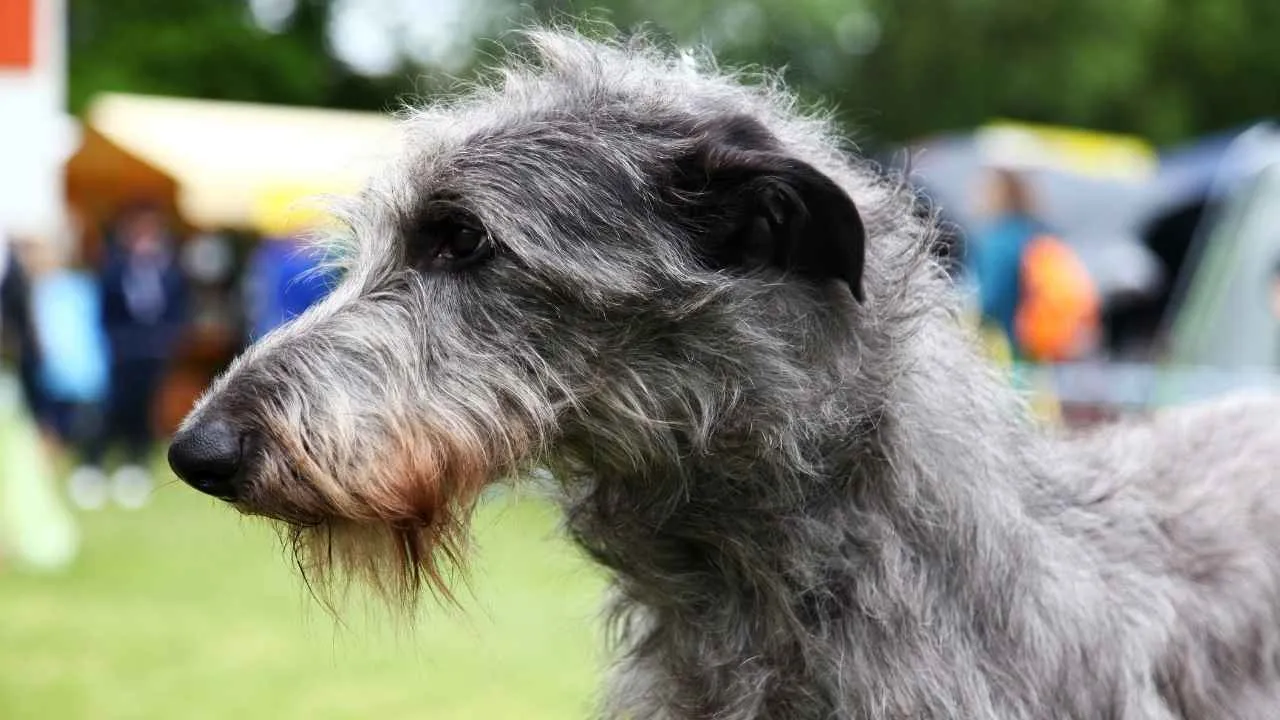
Scottish Deerhounds are naturally quiet, with vocalizations that are few and far between—even in high-stimulation settings. When they do bark, the tone is surprisingly soft for a dog of their size. Their instinct leans more toward physical alertness than vocal reaction.
Quiet Tracing From a Hunting Line
As traditional hunting dogs, they were bred to track by sight and sprint with intensity, not to bay or bark. That selective purpose bred out the need for frequent noise, making them unusually silent even during movement or excitement. This trait still holds today.
Sensory Calm in Open Spaces
Scottish Deerhounds process changes in their environment with a kind of passive awareness. Sudden shifts like wind-blown branches or distant movement don’t rattle them. Their stillness often puts surrounding animals at ease, reinforcing their fit in multi-animal homes.
Gentle Connection Over Volume
They’re known for their affectionate nature, but they express connection through presence rather than sound. Nudges, leaning, and long gazes often replace barking entirely. That emotional subtlety makes them great companions for quiet, rural lifestyles or horse farms.
7. Shiba Inu

Shiba Inus are observant dogs that stay quiet in most situations, even when other breeds might react. They don’t engage in repetitive barking during daily routines. Their silence is noticeable during walks, household activities, or when resting near open windows.
Unique Sound Behavior
They produce a very specific, sharp bark only when they sense something truly different in their surroundings. Sudden noise or motion may trigger a single alert sound, but they don’t carry it on. The “Shiba scream” is rare and usually linked to high stress, not day-to-day life.
Self-Monitoring Response
Instead of reacting to every unfamiliar sound, Shibas tend to stand still and observe before doing anything. This stillness often replaces barking when guests arrive or objects shift nearby. Their reaction time isn’t delayed—it’s filtered through their own judgment of what matters.
Ancient Mountain Hunter Origins
The breed was developed for silent tracking in steep, forested terrain centuries ago in Japan. They moved through narrow paths without alerting birds or small game, which required them to stay soundless. That same behavioral trait still shapes their vocal control today.
8. Irish Setter
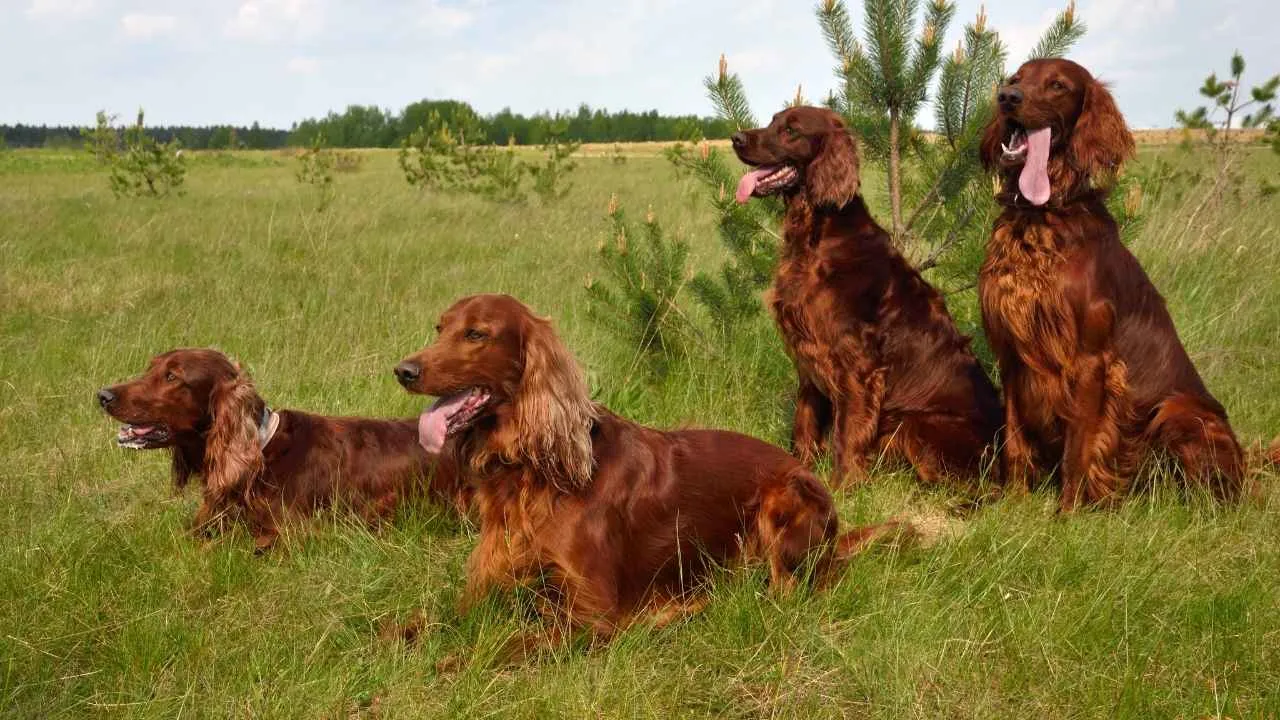
Irish Setters often delay barking even in unfamiliar settings, choosing observation before vocal response. Their sound is lighter in tone compared to other medium-to-large breeds, making it less jarring. This quality makes them suitable for peaceful, open environments.
Sensitive To Emotional Energy
They are particularly receptive to human emotions and can mirror the tone of their surroundings. In high-stress situations, they’re more likely to seek reassurance silently than react vocally. That emotional alignment often keeps their bark level naturally low.
Developed for Field Silence
Bred originally as hunting companions, Irish Setters were selected for their ability to remain silent while tracking and pointing game. Excessive barking would have ruined a hunt, so quiet behavior became an embedded trait. Their lineage still carries that instinctive control.
Noted Memory For Sound Cues
What sets this breed apart is its strong auditory memory—they recall repeated sounds and quickly filter out what isn’t relevant. Once they recognize a door creak or animal call as routine, they stop responding vocally. This ability helps reduce unnecessary barking over time.
9. Shih Tzu

Shih Tzus were bred in Chinese imperial courts, often kept by nobility who valued quiet companionship. They weren’t expected to alert or guard, so their vocal habits remained naturally subdued. That setting still influences how they behave in modern homes.
Minimal Bark Response to Noise
They’re less likely to react to background sounds unless they are directly involved in their immediate environment. Distant doors closing or footsteps outside don’t usually prompt barking. That low response rate makes them unusually quiet for a toy-sized breed.
Lack of Work Background
Unlike terriers or shepherds, Shih Tzus were never used in roles that required vocal communication. Their routines centered around stillness and presence rather than movement or warning. That absence of job-related noise is still reflected in their behavior today.
Fun Fact from Imperial History
Historical records from the Qing dynasty mention Shih Tzu sleeping at the foot of emperors’ beds as living warmers. They were expected to stay quiet through the night—something that contributed to their reputation for gentle, infrequent barking.
Conclusion
Not every home is right for a loud or reactive dog. For those who value calm, a quiet dog can make all the difference, especially in spaces where noise carries or peace is part of your routine.
The breeds we covered don’t bark excessively, nor do they lean into persistent barking. Instead, their voices are used thoughtfully, shaped by their protective instincts, emotional stability, or simply their genetics.
Whether you’re welcoming a new puppy or adding to an established family, one of these soft-voiced breeds might be the perfect dog for your lifestyle. Many were once working dogs, now turned gentle housemates.
And generally speaking, their low barking tendencies don’t mean they lack personality—they’re just more selective with sound. For individuals seeking quiet, emotional connection over noise, these dogs are excellent companions in every sense.


